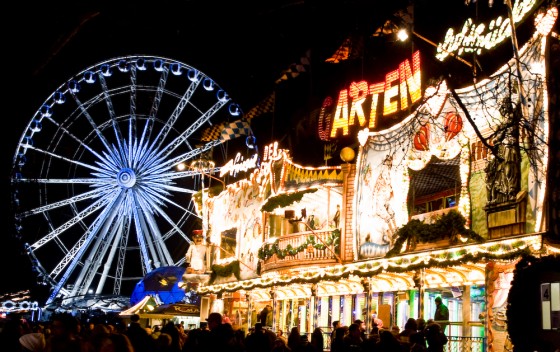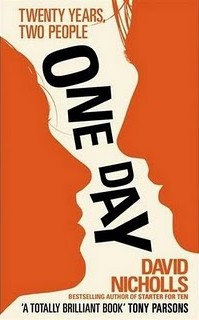Every
little girl dreams of being the Sugar Plum Fairy. Amidst the complex tale of The Nutcracker, she embodies magic: a
beautiful ballerina who glistens like freshly-fallen snow and wins the heart of
the handsome Prince. The challenge with this quintessential ballet is how to
make it stand out from a crowd of Nutcracker pasts. Besides the enchanting Tchaikovsky
score and headache of a plot, the rest is pure, artistic licence. But Wayne
Eagling, the Artistic Director of the English National Ballet’s Nutcracker, well, his imagination nearly
misses the point. It is Clara’s adolescent dream of first love- the charm of
the Sugar Plum Fairy- which becomes the kernel of his production. But, in
stripping away the intricate wrappings of the story, he has tried to be too
clever- and the result is a darkly sinister spin which bewilders the audience
and dulls the magic. The ballet’s pivotal transformation scenes become laboured
and muddled, particularly the moment when Clara dreams herself into the Sugar
Plum Fairy who dances with her dashing Prince. The tale itself is already a
myriad of toys and magic, dream and reality- and Eagling loses the plot, the
Nutcracker darkly morphing into Drosselmeyer’s handsome nephew and back again,
a few too many times. The battle scene between the Mouse King and the tin soldiers
also lacks wattage - yes, the giant mousetrap moment made us all laugh, but the
choreography was too much movement and not nearly enough panache. It’s too
apocalyptic, set against ugly brown walls- lacking the colour and charm that
would have it compete with other productions.
But
with artistic licence comes the need for subjectivity. And, at moments, you can
see why Eagling’s darker, more traditional take on this much-loved classic
shines. Act One’s Christmas party is enchantingly staged by Peter Farmer, simply
presided over by a giant Christmas tree (which later will be conjured into a
supersized forest pine). The party guests even arrive at the dark Edwardian
house on ice-skates, a bit of gliding theatrical magic on a frozen Thames.
Magic is also retained in the exquisite costumes (oh those glittering Swarovski
diamonds in the Dance of the Snowflakes) and who isn’t mesmerised by a giant
hot air balloon that lifts Clara and the Nutcracker Prince to the Land of
Sweets? Against the flurry of snowflakes, it’s irresistibly festive. In the
end, every Nutcracker hinges on the choreographic chemistry of the lead couple
in the final pas de deux. We caught the cast with Elena Glurjidze and Fabian
Reimair, who danced with an exquisite magic that left the darker, more bemused
elements of the production buried in snow- and ensured that the Sugar Plum
Fairy remains every little girl’s Christmas wish.































